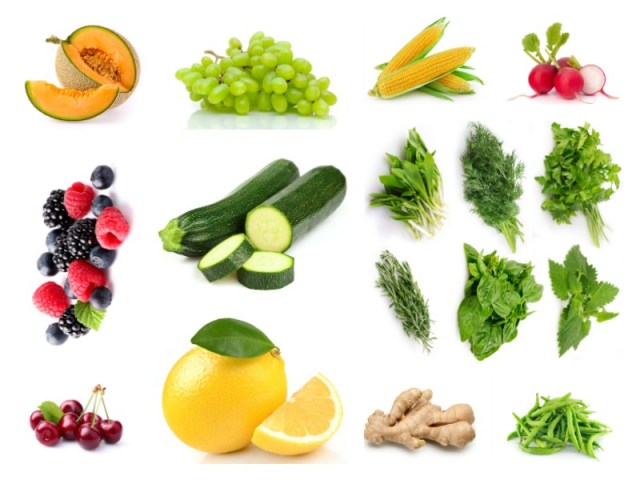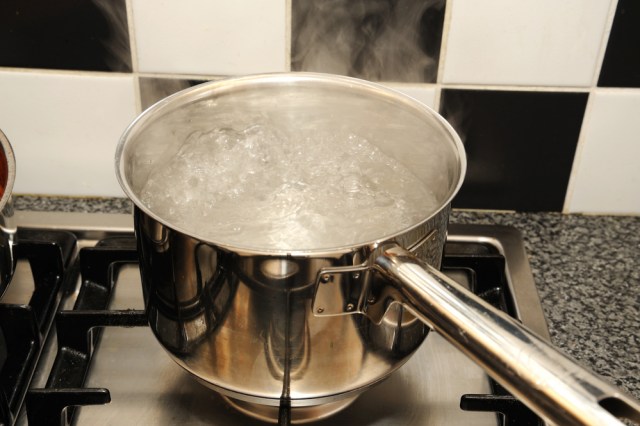 Header by Rory Midhani
Header by Rory Midhani
Feature image by Shutterstock
I woke up this morning to the sound of scraping. With my eyes closed, it sounded like an army of children going to town with shovels in a giant sandbox. When I looked out the window, of course, that wasn’t what was happening. Officially, it’s spring, but outside, a fluffy blanket of snow covers the sidewalk, grass, and early crocuses.
To avoid the depressing sight of frozen flowers, my girlfriend and I spent the day indoors, playing Legend of Zelda: Twilight Princess and making pulled pork taco meat in the crock pot. I love cooking with her — but as we’re both learning, working for four and a half years at a kitchen gadget company has left me with some strong opinions about proper cooking prep. (Thank goodness she’s patient.)
At my last job, I was the main person in charge of compliance and product testing, helping engineers work through a variety of quality-related issues. I learned a lot of interesting things about materials science. I also got to spend lots of time around people who are really, really into cooking and kitchen gadgetry. Here are five tips I picked up.
1. Don’t measure wet ingredients using dry measuring cups (or vice versa)

The most accurate way to measure dry ingredients is by weight. But if you’re too lazy or indifferent to break out the kitchen scale (I usually am!), you should at least use the right tools for the job. Volumetric accuracy is extremely difficult to achieve otherwise. Serious Eats explains:
Wet ingredients, such as milk, water, eggs (if you’re measuring eggs by volume) or oils can technically be measured in both wet or dry measures—one dry measuring cup of milk should weigh exactly the same as one wet measuring cup of milk. However, a dry measuring cup must be filled to the brim for accuracy, which can make measuring liquids in them impractical. Likewise, dry ingredients can be measured in a liquid measure, but it is very difficult to accurately level dry ingredients without a straight brim to aid you.
2. Rotate your knife along X, Y and Z planes for maximum onion chopping efficiency
This method can be a little intimidating the first few times you do it, but it’s super satisfying once you get the hang of it. It’s also the method taught at the Institute of Culinary Education, New York City’s oldest chef training school.
3. Pay attention to how you’re storing produce to keep it fresher longer
Scientifically, there are three main factors that cause produce to rot:
- ethylene gas which causes overripening,
- improper airflow which allows moisture to build up,
- and uncontrolled humidity which causes wilting.
There are a variety of consumer products you can buy to address these issues, either individually or in combination. My approach has generally been to make smaller, more frequent trips to the grocery, so that I don’t have to think about it. But when I do need to hold onto something for a while, this guide at The Kitchn has pretty good advice on the best ways to store food!

4. Always cover pots when you’re trying to boil liquid
It’s quicker. America’s Test Kitchen explains:
In theory, water in a covered pot should boil faster because as water changes to steam, it absorbs energy, which it carries away from the pot as it vaporizes. In a closed pot, most of the steam is trapped so it condenses (or turns back to water) on the lid and releases its captive energy inside the pot.
They did a small experiment to verify — which you can easily replicate at home — and it’s true.

5. Mise en place your ingredients before cooking
Mise en place is the system used in most professional kitchens, meaning to “put in place” and organize all the ingredients you need before cooking. This includes dicing veggies, measuring out ingredients, and lining up any cooking equipment you’re going to need. Using this method streamlines your process and eliminates unnecessary scrambling when, say, you have a béchamel going and you realize that you’ve run out of flour.
Practiced at its highest level, mise-en-place says that time is precious. Resources are precious. Space is precious. Your self-respect and the respect of others are precious. Use them wisely. Isn’t that a philosophy for our time?
Notes From A Queer Engineer is a recurring column with an expected periodicity of 14 days. The subject matter may not be explicitly queer, but the industrial engineer writing it sure is. This is a peek at the notes she’s been doodling in the margins.





